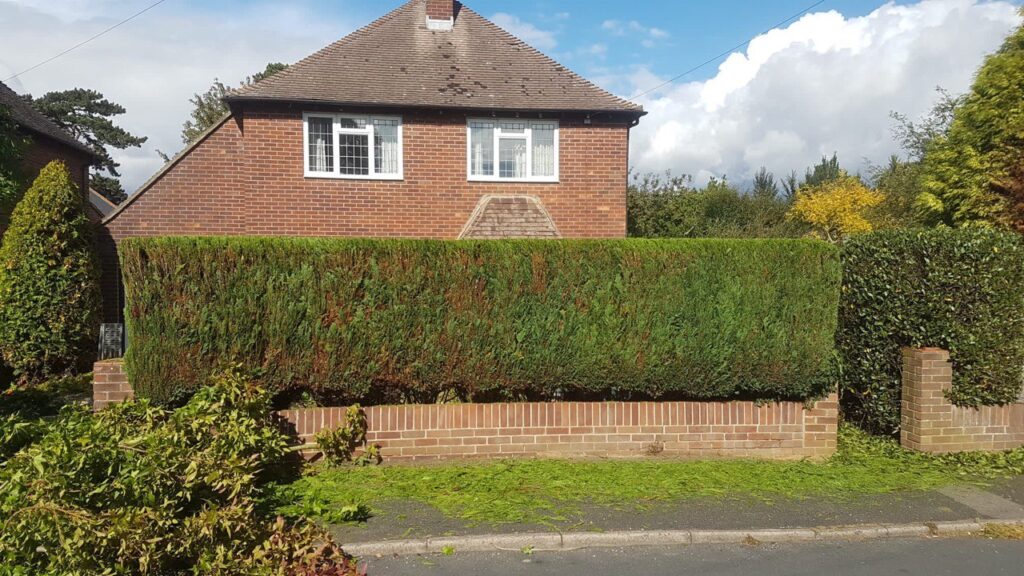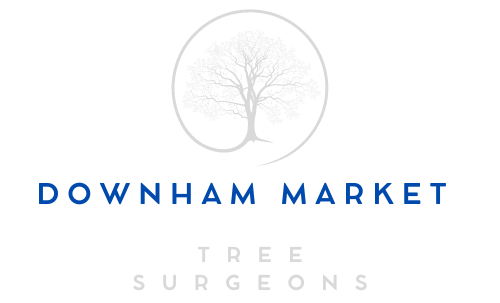Reducing Crowns Without Damaging Tree Structure: The Right Way
Introduction
Crown reduction is one of the most common tree surgery practices, but it must be carried out with care and precision to avoid long-term damage. When done incorrectly, it can weaken the tree, reduce its lifespan, or even create hazards. However, when performed correctly by a skilled tree surgeon, crown reduction enhances safety, improves light penetration, and maintains the tree’s natural form.
For property owners in Downham Market, Norfolk, understanding the correct approach to crown reduction helps ensure your trees remain healthy, safe, and attractive. This article outlines the right way to reduce a crown without compromising the structural integrity of the tree.
Key Takeaways
- Crown reduction reduces the size of a tree while preserving its health and natural shape
- Poor reduction techniques can cause decay, weak regrowth, or structural imbalance
- Skilled pruning involves selective cuts, not indiscriminate topping
- Downham Market Tree Surgeons provides expert crown reduction in Downham Market, Norfolk
What Is Crown Reduction?
Crown reduction is a pruning technique aimed at reducing the height and/or spread of the tree’s crown (the upper branches and foliage). It is typically carried out to:
- Reduce the risk of damage from wind or overextension
- Prevent interference with buildings or power lines
- Improve light levels in gardens or surrounding areas
- Maintain the health and natural form of the tree
Unlike topping, which is often harmful, crown reduction retains the tree’s natural growth habit while relieving structural stress.
The Importance of Proper Technique
Selective Pruning, Not Topping
A proper crown reduction involves selectively removing branches to reduce the crown while maintaining the tree’s structure and health. Key principles include:
- Reducing to a lateral branch that is at least one-third the diameter of the removed limb
- Preserving the leader (main upright stem) to maintain tree shape and growth pattern
- Avoiding large, flush cuts that can lead to decay or disease
This method encourages healthy regrowth and minimises the risk of weak branch unions or water shoots.
Protecting Tree Structure and Health
Reducing a crown incorrectly can stress the tree and make it vulnerable to:
- Decay entering through large, open wounds
- Unbalanced weight distribution, causing instability
- Rapid regrowth with poorly attached shoots that are prone to breakage
By making clean, well-placed cuts, a trained tree surgeon ensures the tree can compartmentalise wounds effectively, reducing the risk of infection or decline.
Timing Matters
The timing of a crown reduction is also critical. Ideally, it should be done during the tree’s dormant season (late autumn to early spring), although some species benefit from summer pruning. Correct timing:
- Minimises stress to the tree
- Helps prevent the spread of disease
- Allows for better observation of the tree’s structure without full foliage
Tree-specific knowledge is essential to determine the optimal season and approach.
When Is Crown Reduction Appropriate?
Crown reduction is suitable when:
- A tree has grown too large for its space
- There are structural defects in upper branches
- The tree interferes with nearby buildings, roads, or lines
- Wind loading needs to be reduced to prevent failure in exposed locations
It is not appropriate when a tree is already stressed, diseased, or cannot tolerate heavy pruning. In such cases, alternative solutions such as crown thinning, selective removal, or even full removal may be more suitable.
Why Hire a Professional Tree Surgeon?
Tree surgery is a skilled profession. Attempting crown reduction without training and experience can result in serious damage. Professional tree surgeons:
- Understand tree biology and structural integrity
- Use proper equipment and climbing techniques
- Follow British Standard BS3998 for tree work
- Carry insurance to protect both the tree and property
Downham Market Tree Surgeons offers safe, efficient crown reduction with a focus on long-term tree health and aesthetics. We assess each tree individually and carry out precise pruning to ensure structural safety and visual harmony.
Conclusion
Crown reduction, when done correctly, is a valuable method for managing tree size, improving safety, and protecting nearby structures. However, improper techniques can lead to irreversible damage. For trees in Downham Market, Norfolk, expert care from trained professionals ensures that crown reduction supports both the health and beauty of your landscape.
Contact Downham Market Tree Surgeons today to discuss the right way to manage your trees with responsible, professional crown reduction services.
Call us on: 01366 310 686
Click here to find out more about Downham Market Tree Surgeons
Click here to complete our contact form and see how we can help with your trees needs.

